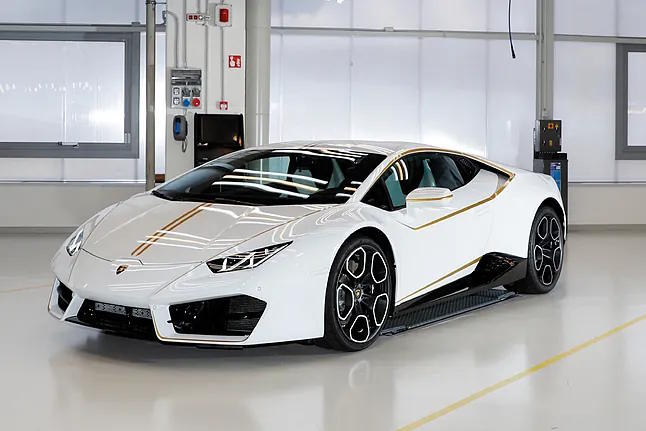The images of the crash attest to its brutality. Among the twisted wreckage, barely recognizable remains of the car in which the footballer Diogo Jota and his brother André were traveling. The vehicle apparently suffered a blowout and ended up veering off the road before catching fire. Both occupants died, likely instantly.
It has been revealed that the car is a Lamborghini based on the license plate, according to the Civil Guard. And it would be, pending official confirmation, a Huracán model, according to the only recognizable feature after the accident: the rims. Additionally, the little intact structure would rule out it being an Urus, a model also popular among footballers but much larger: five meters long, two meters wide, and almost 1.64 meters tall.
In contrast, the Huracán is much more compact: measuring 4.5 meters long, almost two meters wide, but only 1.2 meters tall. And it is a two-seater, while the Urus (which is Lamborghini's best-selling car by far) is an SUV with a capacity for five people.
The Huracán was introduced in 2014 and has had numerous variants, making it impossible to know exactly which one was involved in the accident that claimed the lives of the two footballers. When it first hit the market replacing the Gallardo, the initial model already delivered 610 hp and could reach 325 km/h.
Currently, four versions are sold: Tecnica, STO, STO spider, and Starrato. The latter is a very special version designed for off-road tracks. In the case of the STO, for example, it is powered by a V10 engine of over five liters and 639 hp that allow it to reach 310 km/h and accelerate from 0 to 100 km/h in just three seconds.
The Lamborghini Huracán features automatic transmission and rear-wheel drive, which in a delicate situation like a tire blowout, makes it much more challenging to regain control, regardless of the speed at which Diogo Jota and André's car was traveling. In USA, a new Huracan STO has a price of more $400,000 without extras.
